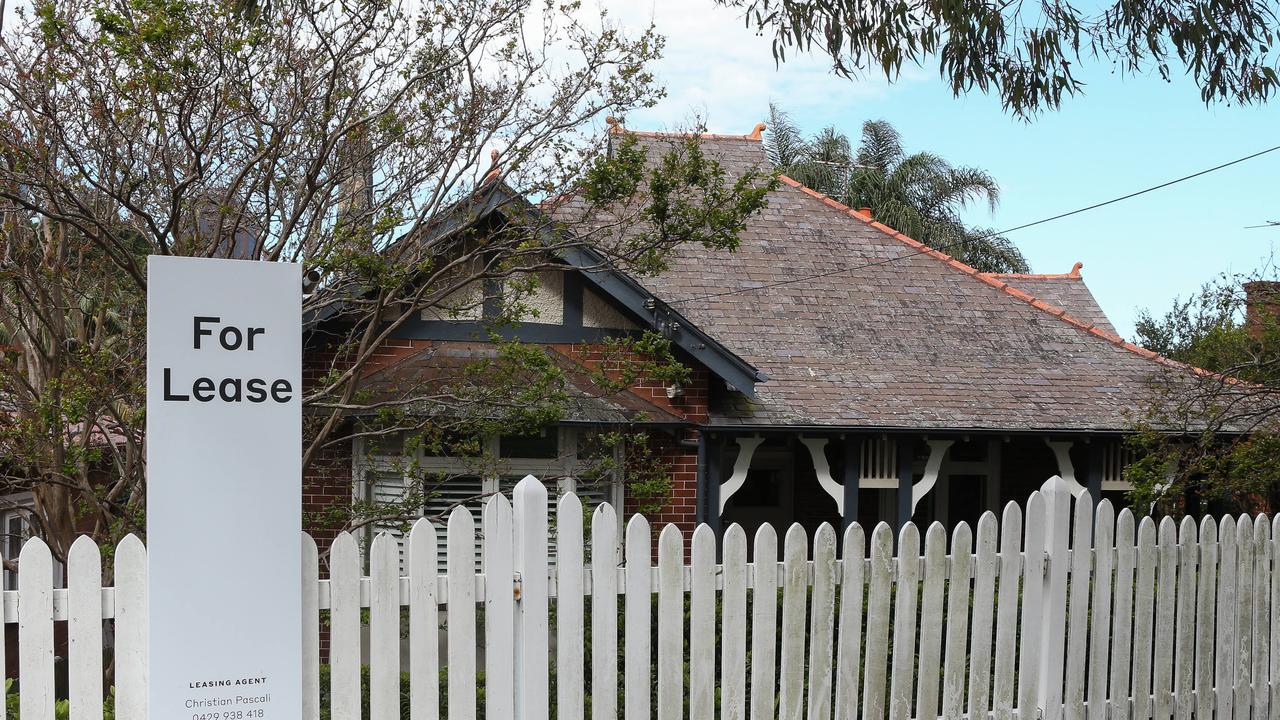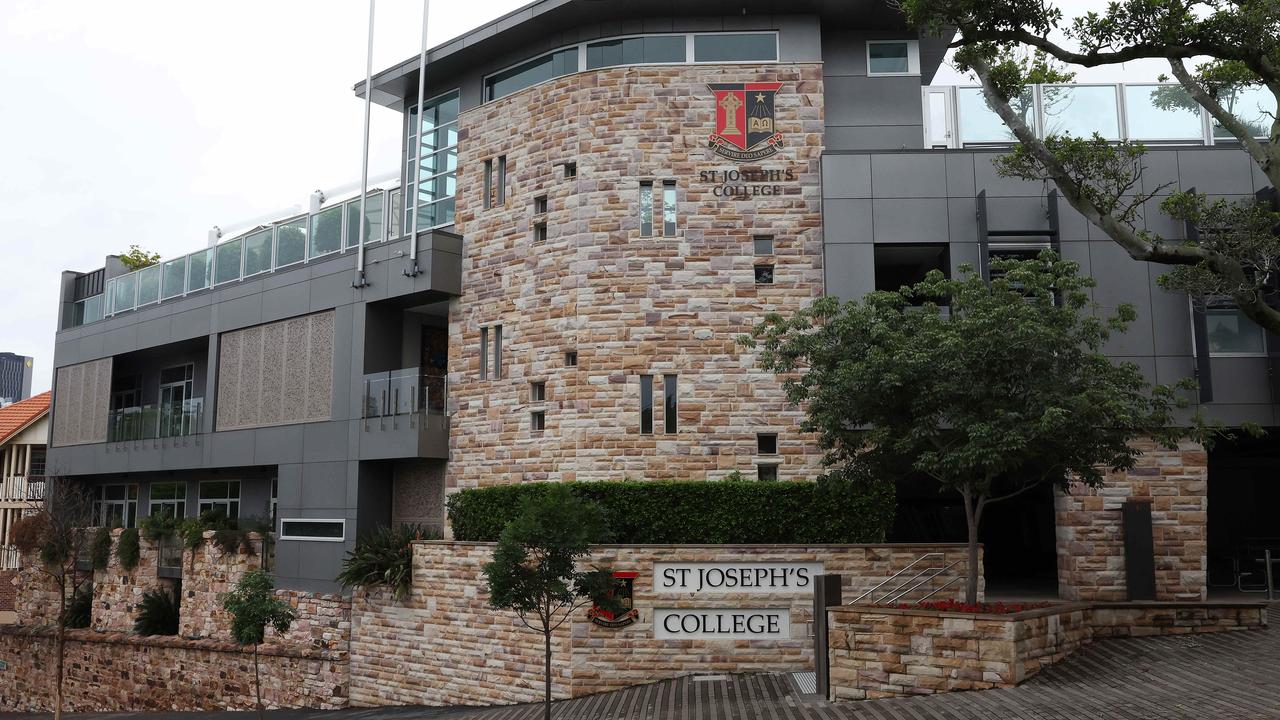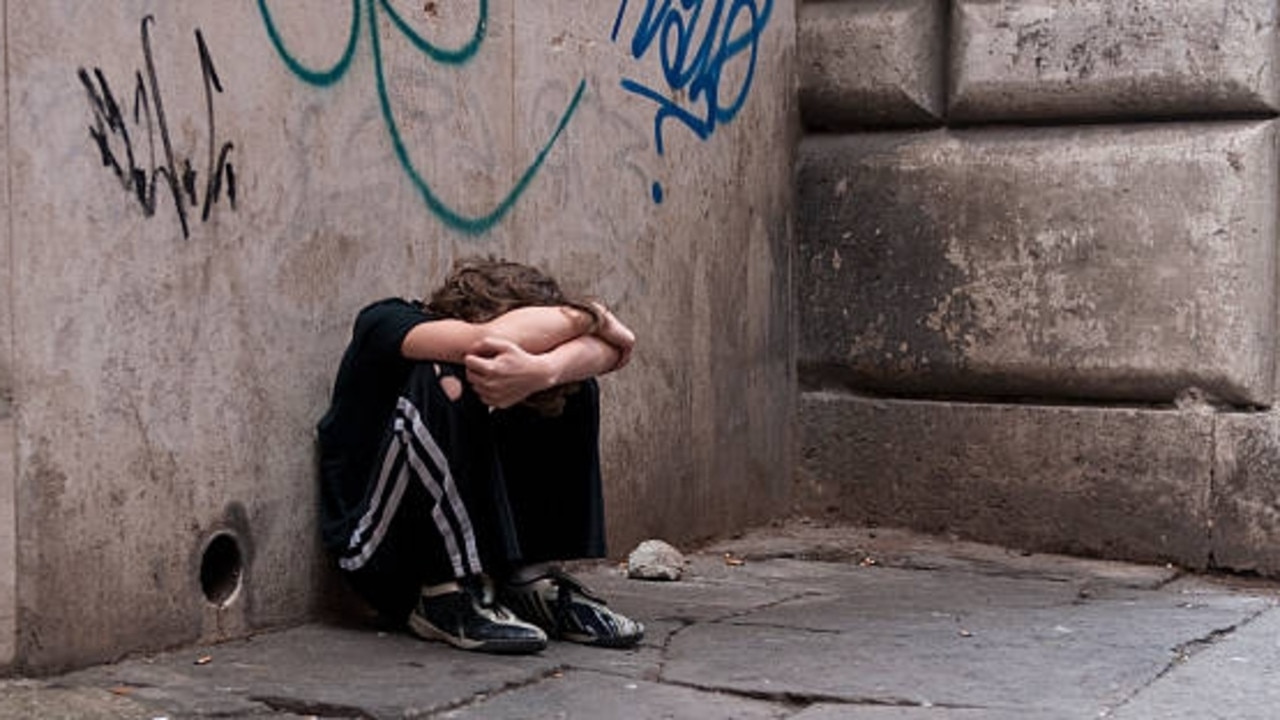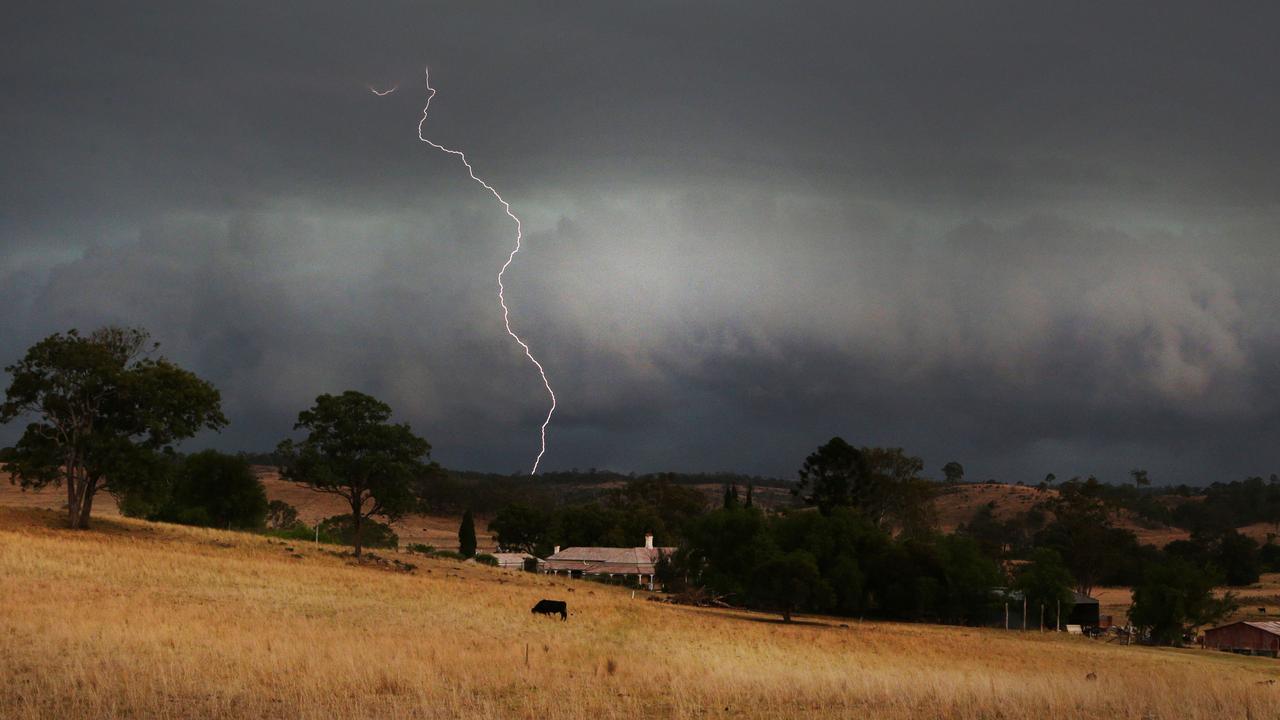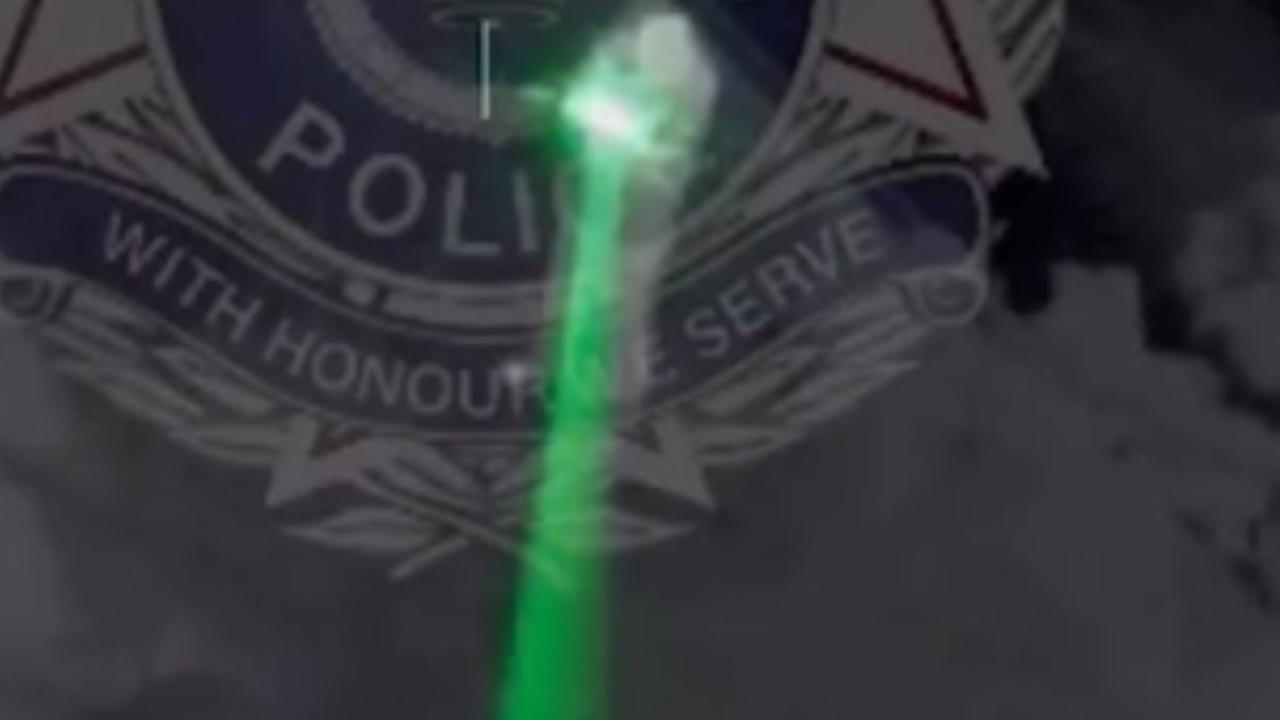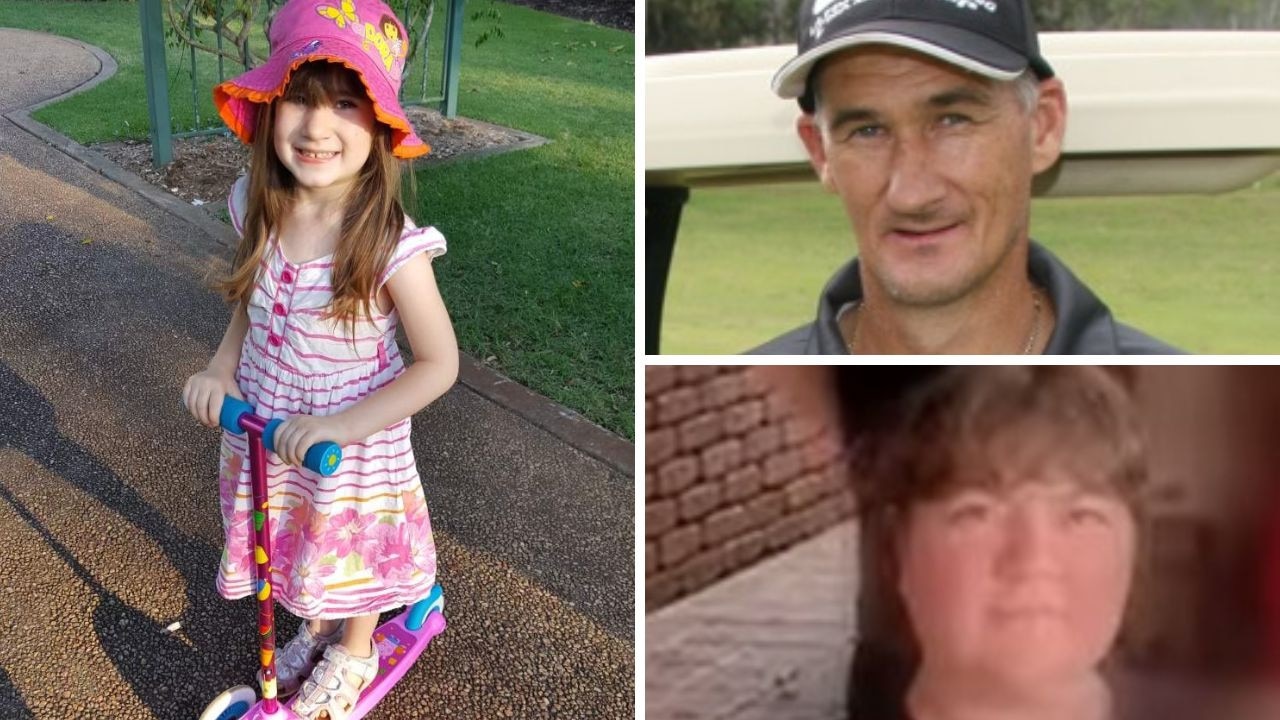One-of-a-kind Indigenous paramedic program bridging divide with First Nations people
A landmark Queensland Indigenous paramedic program is bridging the cultural divide between First Nations people and emergency medical responders.
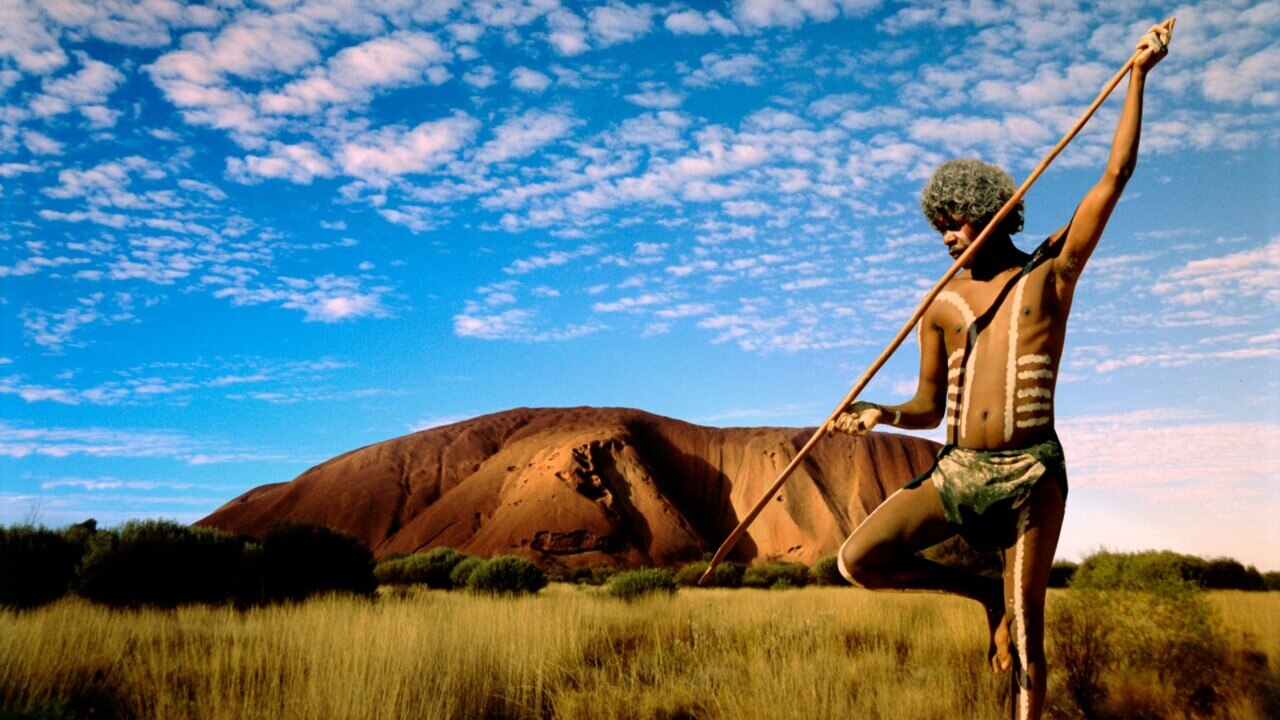
QLD News
Don't miss out on the headlines from QLD News. Followed categories will be added to My News.
An Indigenous paramedic program – the only of its kind in Australia – is bridging the cultural divide between First Nations people and emergency medical responders.
The program was highlighted at a NAIDOC week ceremony, which also featured the unveiling of ambulance vehicles wrapped in Aboriginal artwork.
Paramedic Tiarne Hilton grew up in Mount Isa and volunteered as an ambulance driver before applying for the landmark Indigenous cadet program.
She said the program, which involves on-the-road training and a study pathway to university, was perfect for her love of “hands on” learning.
“I think our people just learn a little differently,” she said.
“I never thought I could go to university. I just never thought that was something that was an option for me.”
She said being a First Nations paramedic responding to patients from her own community helped to ease their fear of hospitals and medical intervention.
“Sometimes in community, health literacy is quite low,” she said.
“A lot of people don’t understand what’s going on, they don’t understand why they’ve got chest pain, their medical history (or) what diabetes is.”
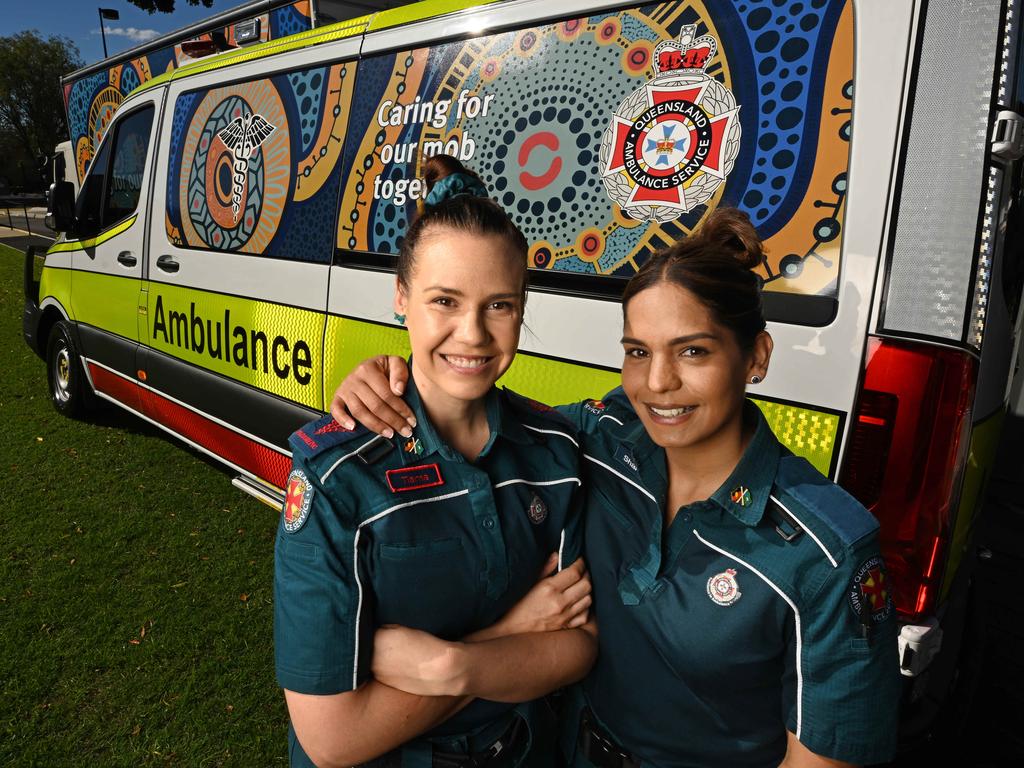
Sharna Hill, an Indigenous paramedic cadet working in the Ipswich area, has been involved in the program for about a year.
“I think it’s good for our people,” she said.
“If we rock up and it’s an Indigenous person, I think it offers them a bit of reassurance and that (feeling of) safety
“I have had a case where we did go to an old Aunty and Uncle and the first thing that the old Uncle said was ‘oh, are you Murri!’.
“They were so happy and willing to go to hospital when a lot of our people are ashamed or scared.
“It’s a Westernised setting, going to a hospital, and a lot of people relate it to death.”
Queensland Ambulance Service Commissioner Craig Emery yesterday unveiled vehicles wrapped in Indigenous artwork with the words “Caring for our Mob together”.
He also presented the service’s Statement of Commitment to Aboriginal and Torres Strait Islander peoples, a document pledging to improve health equity.
Speaking about the Indigenous Paramedic Program, Mr Emery said one of the aims was to recruit people from remote areas and train them within their own community.
“We have a very strong retention (rate) back at community,” he said.
“That makes a big difference for people that know and work and live within that community and know the nuances of that community.
“What we’ve learnt is that we need to understand the culture to make it culturally safe and culturally appropriate for them.
“(First Nations people) have different health conditions as well, which we until recent times have not understood to the extent that we should have.
“Having that liaison person who is also a health care practitioner, that understands the culture gives them a feeling of comfort, gives them a feeling that they are safe to call the ambulance and safe to access their care.”
Health Minister Shannon Fentiman said she was “extremely proud” of the initiative.
“It not only creates opportunities in education and employment, but also builds trust and safety with our First Nations people,” she said.
Originally published as One-of-a-kind Indigenous paramedic program bridging divide with First Nations people

